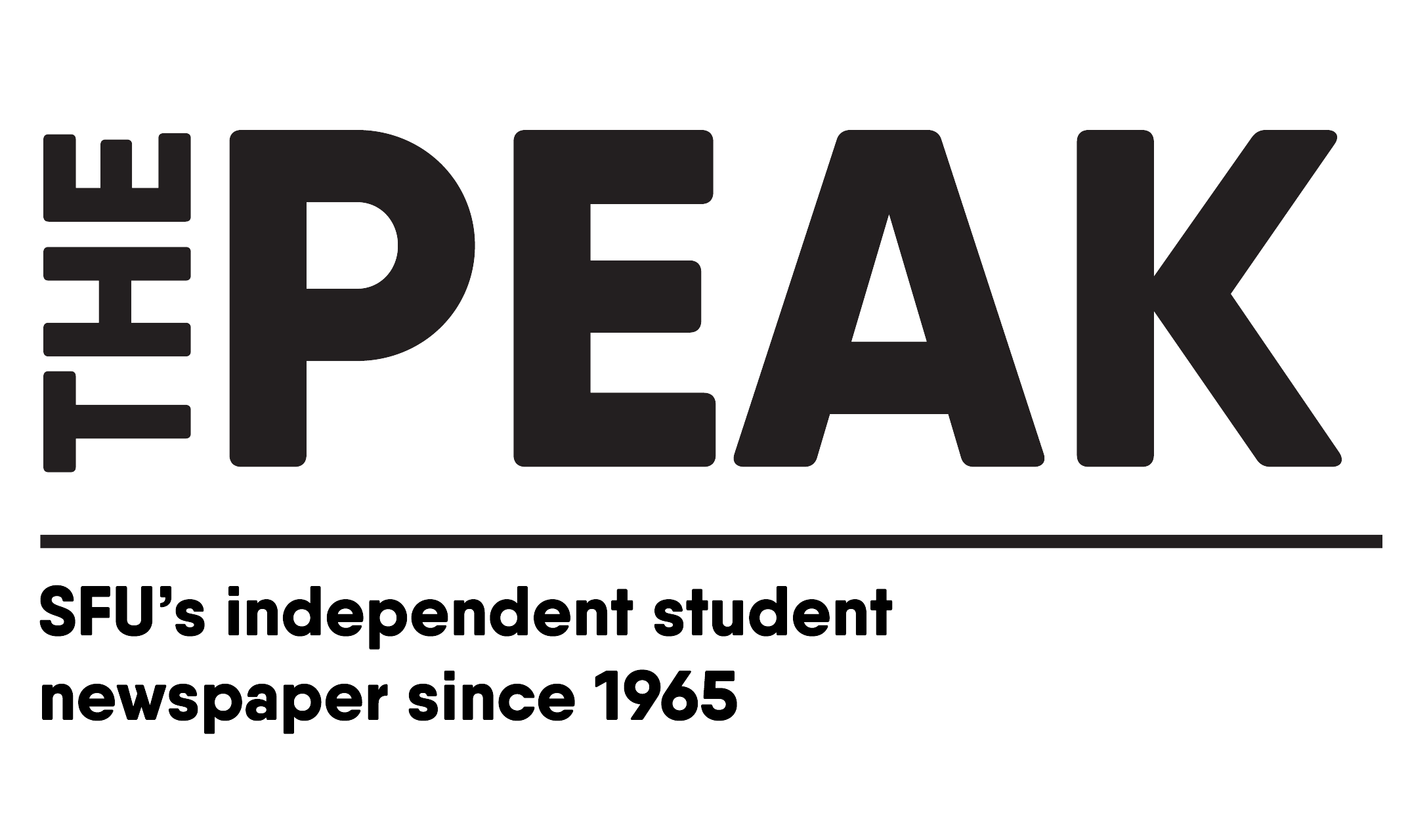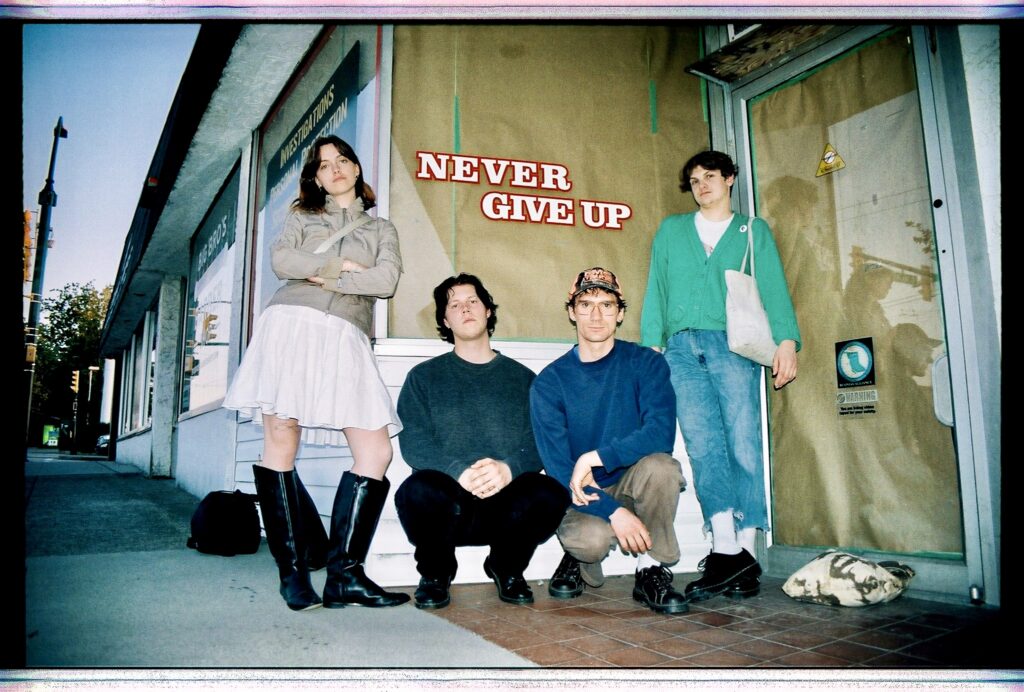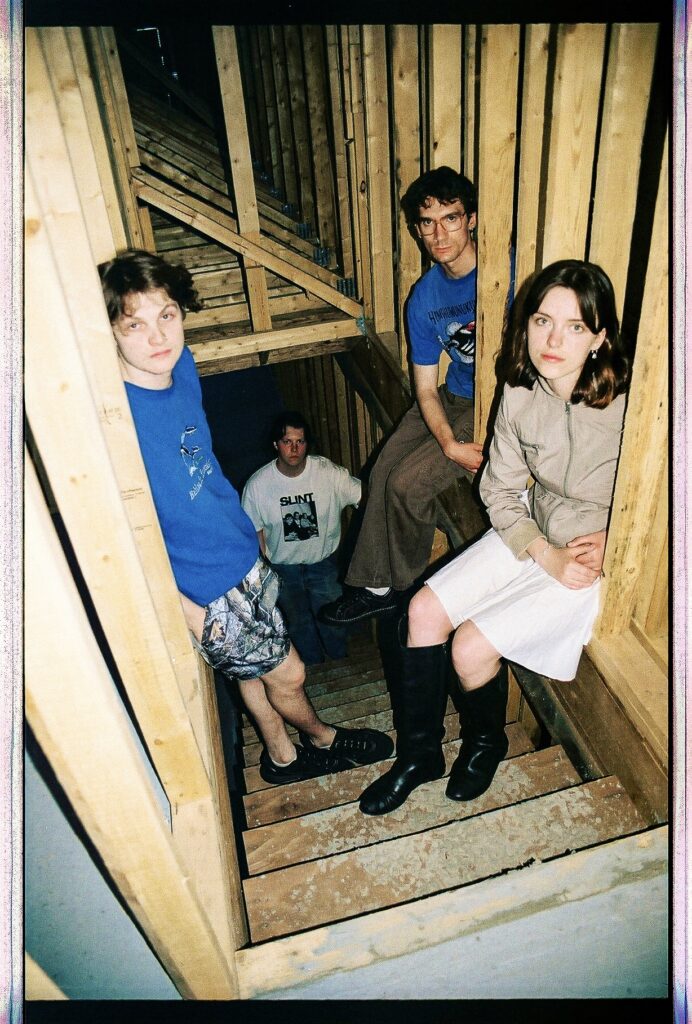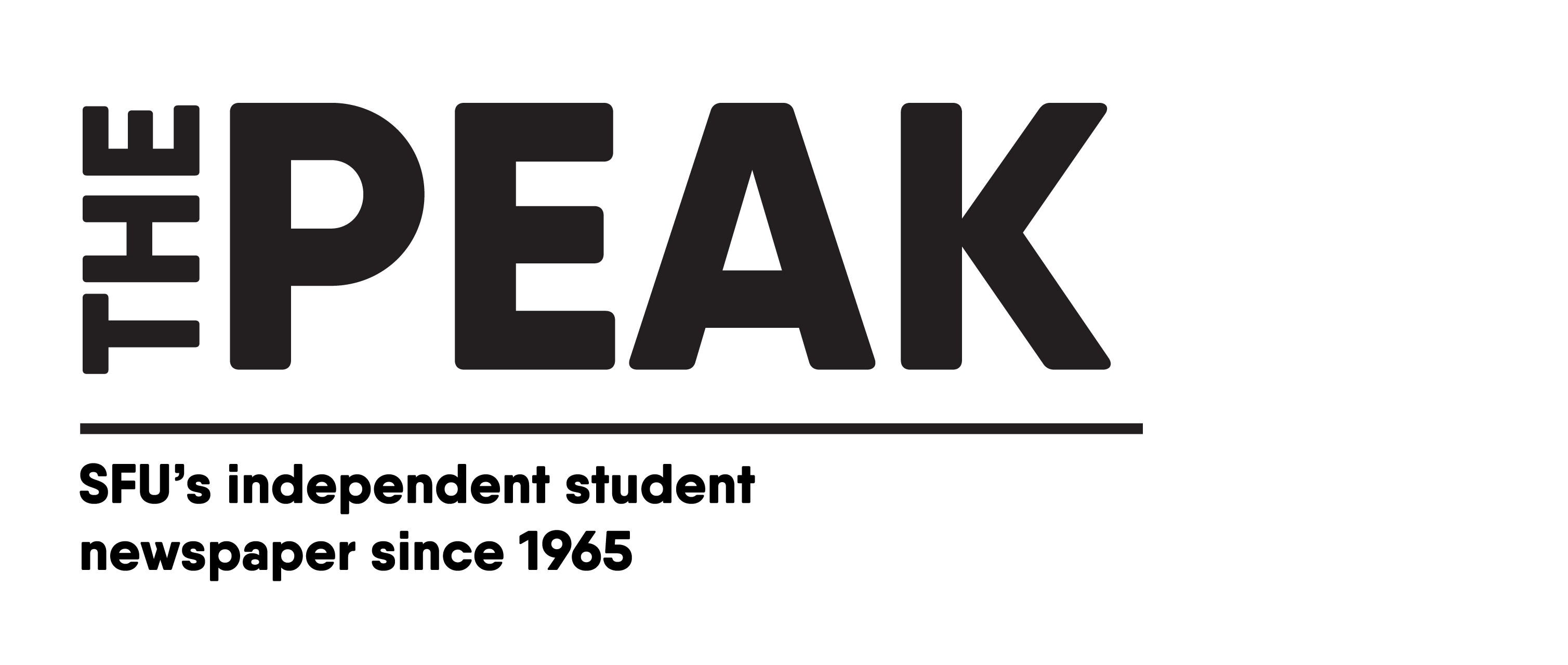By: Yildiz Subuk, Peak Associate
Content warning: mentions of genocide and residential schools.
Orientalism by Edward Said, published in 1978, examines the way western society views “the Orient,” which was known as South Asia, East Asia, and the Middle East. Said was a Palestinian scholar, an outspoken activist, and writer on western denial of Palestinian statehood. Said gave prominence to the field of postcolonialism, which reclaims the history and agency of oppressed people and critiques the enduring impact of colonial rule. His book critiques western works of literature and art by highlighting how they perpetuate stereotypes about non-western cultures, and how that ultimately leads to the colonizers “legitimizing” their colonialist pursuits. Orientalist paintings like Napoleon in the Plague House at Jaffa by French painter Jacques Louis David have been criticized for portraying the East as “a place of backwardness, lawlessness, or barbarism enlightened and tamed by French rule.” It demonstrated how colonizers often reduce cultures that they do not understand as “the other” through exotification, and pushing the agenda that the colonizing culture is the dominant one.
Settler colonialism is a result of mass migration: when colonizers settle into the land of an Indigenous population by force, bureaucracy, and ethnic cleansing, they become responsible for the erasure of the Indigenous population’s culture and rights. Under colonialism, Indigenous Peoples are denied statehood and displaced, and colonial governments use violence to try and assimilate Indigenous Peoples into colonial society.
There are various ways in which Indigenous communities in Palestine and so-called Canada — also referred to as Turtle Island — are denied their statehood. The first step in denying statehood and the rights of Indigenous communities often comes in the form of a colonialist piece of legislation. For Indigenous Peoples in Canada, this document was the Indian Act, established in 1876. Essentially, this piece of legislation, labeled many Indigenous Peoples under a single identity, —“Indian” — and were entitled to a limited amount of rights. It then established a set of colonialist rules designed to erode Indigenous cultures and identities, making the process seem “legitimate.” This arbitrary and immoral piece of legislation restricted Indigenous Peoples’ mobility outside of reserves — portions of designated land set aside by the government, for the Indigenous population to live in. It also prevented them from having self-determination, placed restrictions on finances, and banned Indigenous traditions, like the Potlatch ban.
For Palestinians, the colonialist legislation was the Balfour Declaration, established in 1917, which focused on establishing a Jewish homeland in Palestine. However, the Zionist movement, which pursues the establishment of a Jewish state, came through the erasure of Palestinian statehood and identity. It was first conceptualized in 1897, over 50 years before the creation of Israel in 1948. Zionism was given significance by the Balfour Declaration, written by the British Secretary of State, Arthur James Balfour. Jewish people have religious and ancestral ties to the land. However, for Palestinians such as historian Rashi Khalidi, having a religious connection to the land or the possibility of having ancestors from the region doesn’t give the right to establish a settlement in Palestinian lands.
The contents of the Declaration, which is composed of three deceptive sentences written with just the right amount of ambiguity, is best analyzed by Khalidi, in his book The Hundred Years War on Palestine. Khalidi points out that in the Declaration, Palestinians, who belong to various religious identities are reduced to “existing non-Jewish communities” — the Indigenous population that was non-Jewish at the time was 94%. In the Declaration it is stated that “nothing is to be done” to the Palestininans civil and religious rights, but leaves out any mention of Palestinians getting political rights, such as the right to vote, or reject the basis of the Declaration. Once again, the Indigenous population is reduced using disingenuous terms, and has had their rights to land stripped by a colonialist piece of legislation.
After such documents are officiated, displacement ensues. For Indigneous communities, it was being forced to live on reserves, for Palestinians it was the Nakba in 1948. During the Nakba (or “catastrophe”), the Israeli army forced over 700,000 Palestinians to flee their homes. During this violent displacement, around 15,000 Palestinians were killed, and 78% of Palestine was occupied by Zionist settlers. The Palestinian population was forced to relocate to what is now the Gaza strip and the West Bank, also known as occupied Palestinian territories.
Indigenous populations in Canada were moved to reserves, which were small parts of lands, often far away from settler society. Their purpose was for European settlers to control the mobility of the Indigenous population, and ensure that there was land available for more Europeans to come.
From 1880s to 1990s, about 150,000 Indigenous youth attended 130 federally funded residential schools. The focus of these schools were on the erasure of Indigenous identities. In Palestine, an area where many religious groups previously thrived before the establishment of Israel, Palestinians resisted the forced transformation of their homeland into a Jewish state, as many Indigenous communities did not identify with being Jewish. In so-called Canada, residential schools were justified under the notion that assimilation was “necessary” for peaceful coexistence, but in reality, both settler colonialist narratives forced the erasure of religious heritage.
The effects of settler colonialism is still ongoing. Currently, there is constant violence and displacement towards Palestinians, as the Israeli government furthers their genocidal agenda. As of now, over 150,000 Palestinians have once again been displaced from the Palestinian city Rafah, which was designated as a “safe-area” by Israel, with Israel killing over 35,000, mostly civilians. In Canada, Indigenous communities are often ignored, and while the government claims to attempt to reconcile, they often go back on their promises. Despite efforts to decolonize Canada, up to 618 Indigenous communities are still not supplied with clean and safe drinking water. Other forms of lasting colonial impacts on Indigenous communities in Canada include: the ‘60s scoop (the forced removal of Indigenous children from their families by welfare authorities), as well the over-representation of Indigenous people in prisons, who are usually unjustly convicted.
Despite the devastating effects of settler colonialism, resistance and resilience among Palestinians and Indigenous communities on Turtle Island prevails. An important method has been the use of self-representation in the media, and emphasis should be placed on this rather than mainstream media. When self-representation is present, communities can take agency to document their issues how they want to be portrayed, and advocate for themselves. Examples of this include content creators documenting their experiences on Instagram, like @wizard_bisan1, or brothers Mohammed and Omar (@omarherzshow), who have been documenting life on the ground amid the genocide in occupied Palestinian territories, or in the works of Indigenous documentary film-maker, Loretta Todd. Others might fight for their justice in the form of organizing grassroots movements and cultural events to preserve and celebrate their heritage. For example, in the late ‘60s Indigenous groups in Canada gained political recognition, advocating for their people in the political sphere of the country. Self-representation has always been a useful tool to combat the distorted settler view, which wrongly paints Indigenous societies as the inferior “other.”















